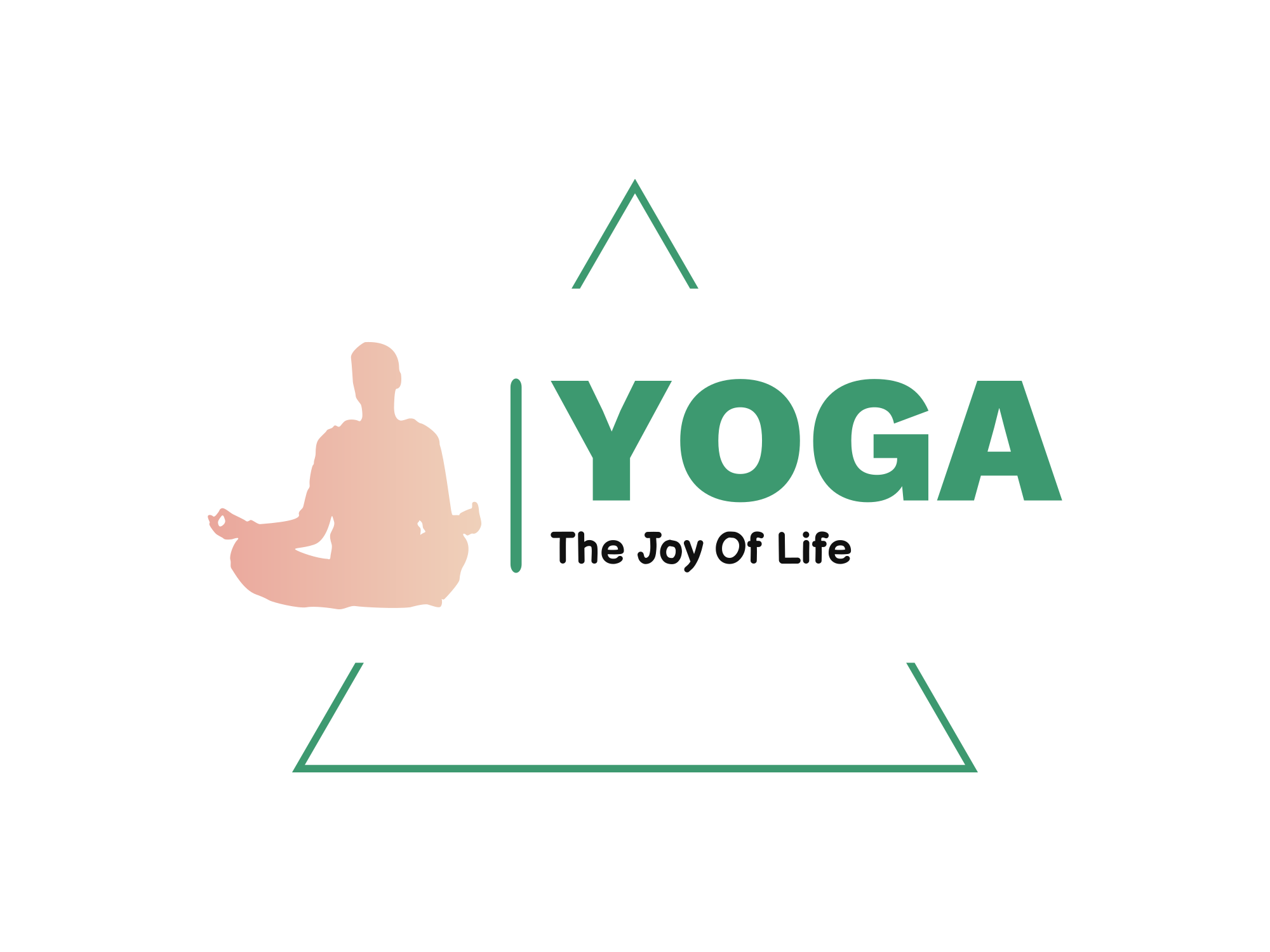What is Paschimottanasana – Paschim means stretching the back part of the body i.e. the back part. In this asana, the muscles at the back of the entire body are stretched. That is why this asana is known as Paschimottanasana.

How to do Paschimottanasana –
1. Sit with both legs spread in front. Heels and toes mixed. Both hands are at the side, waist straight, and eyes towards the front.
2. Now move both hands upwards to the armpits. Keep both hands close to the ears. Keep the head between both hands.
3. Now looking ahead, bend from the waist and hold both the toes with both your hands. The brain has to be placed between both knees. The elbows will touch the ground.
4. After bending as much as possible, lift the head and come back to the previous position.
Breathing in Paschimottanasana – Breathe into the starting position. Exhale slowly while bending forward. Hold your feet and breathe. Exhale while again bringing the torso closer to the feet. In the last position, keep breathing out. Inhale while returning to the starting position.
Duration in Paschimottanasana – Beginners should practice for five repetitions with only a short pause in the final position. Older practitioners can remain in the final position for up to 5 minutes.
Awareness – Manipura Chakra is the center of perception. Many people are also instructed to focus on the Ajna chakra, but the main center is the Manipura chakra, the navel area, where the stomach presses during practice.
Sequence in Paschimottanasana – This asana should be practiced after back bending asanas like Setu Asana, Chakrasana, Bhujangasana, or Matsya Asana.
Precautions in Paschimottanasana –
1. Those with ulcers, slipped discs, and spondylitis cannot do this.
2. Do not use force while bending. only do this asana according to your capacity. Gradually, with practice, the forehead will automatically come to its knees.
3. While bending forward, take care that the legs do not bend from the knees.
4. In the final position both the elbows will touch the ground.
5. Heart patients and those with high blood pressure should not do this.
Benefit of Paschimottanasana –
1. In the position of this asana, there is pressure on the liver, kidneys, and small and large intestines, due to which these organs are massaged and affected.
2. The blood of these organs gets purified due to which the glands and organs get immense strength due to which they remain strong and healthy.
3. While doing this asana, the abdomen gets pressed against the thighs, due to which the digestion process increases and starts functioning smoothly, thereby eliminating constipation and abdominal gas disorders.
4. The practice of this asana affects the pancreas along with the stomach, which helps in diabetes.
5. The effect of this asana is that along with the kidney, bladder, uterus, and sexual glands, there is also a stretch on the ANUS, due to which these organs are also exercised, due to which they remain strong and healthy and remain healthy in their work. Specialty – Basti region and Sexually related diseases are cured.
6. Due to the complete bending of the spine in this asana, the chest, lungs, and ribs are affected. The chest and ribs are expanded due to which they always remain healthy. Asthma and TB Get benefits in.
7. In the position of this asana, the hernia site is also affected due to which there is no possibility of hernia and it is also beneficial in hernia disease.
8. There is a special type of disease in the spine which is called scoliosis of the spine. The spinal cord near the waist gets bent. People who suffer from this disease cannot stand straight. His spine remains crooked. This is a very good exercise to straighten the spine because in this exercise there is complete extension of the spine.
9. This asana is especially practiced to bring flexibility in the stomach and waist. This is a suitable exercise for reducing obesity, reducing fat, as well as for kidney related diseases. It is practiced in diabetes, asthma and respiratory diseases.
10. Its complementary asana is Ustrasana, because in this the spine bends completely. By doing Ustrasana, there is a stretch in the spine and hence there is complete benefit.
